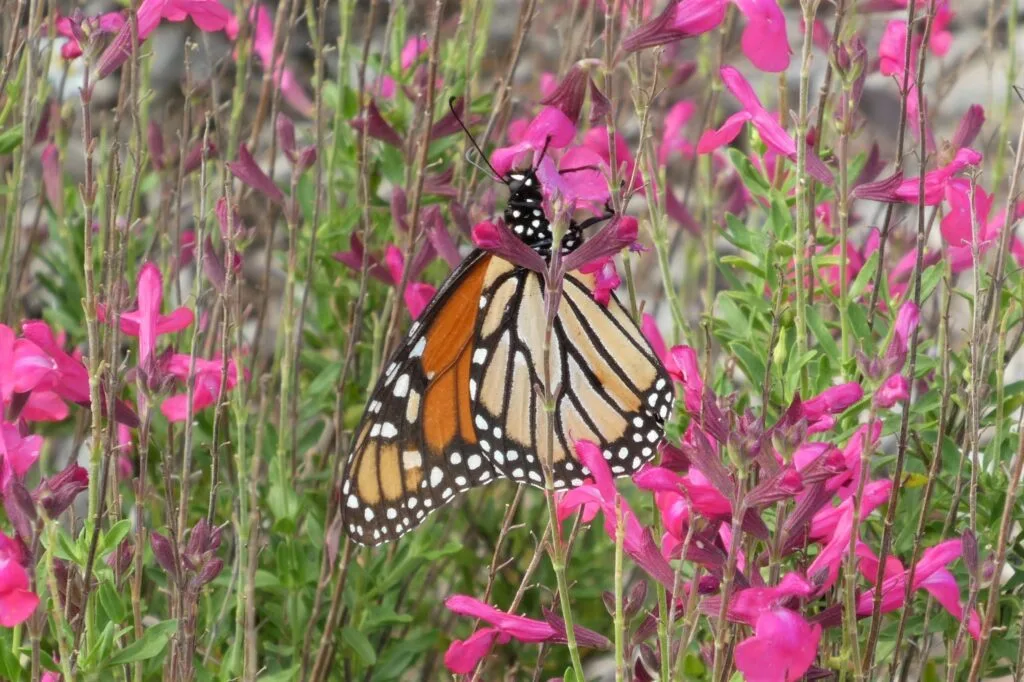
Our April 2nd chapter meeting will include a presentation by Melanie Schuchart on “Cultivating a Butterfly Haven with Native Plants of North Texas.” Our North Texas native plants can provide for butterflies year-round. But which native plants should you choose to attract a variety of butterflies and provide for the various butterfly life stages?
Melanie will discuss many of the native plants available to grow in our area to help provide sustenance and protection for butterflies, including some you probably know and some unusual ones that you might not. Spring is a great time to prepare your garden, and if you are looking for new plants, please make sure to check out the Heard Museum’s Native plant sale on April 12-14.

Our program opens at 6:30, then at 7:00, Rodney Thomas, our chapter president will have a short chapter update, followed by Melanie’s presentation. You can attend the hybrid meeting in person at the Heard Museum in McKinney or online via Zoom.
https://us06web.zoom.us/j/88554596572?pwd=YhSUKbrVdQ7YpaI15b6bilikKI0jhj.1
Melanie Schuchart is a long-time member of the Native Plant Society of Texas and began experimenting with planting natives at an early age. She is a Master Naturalist, a Master Entomologist, and loves documenting nature with iNaturalist. Melanie is also a volunteer at the Heard Museum and manages and trains the docents for the butterfly house. After being a long-time resident of Allen, she pursued her dream of living in the country by moving to Gunter and starting her own prairie on 2.6 acres to live closer to nature.